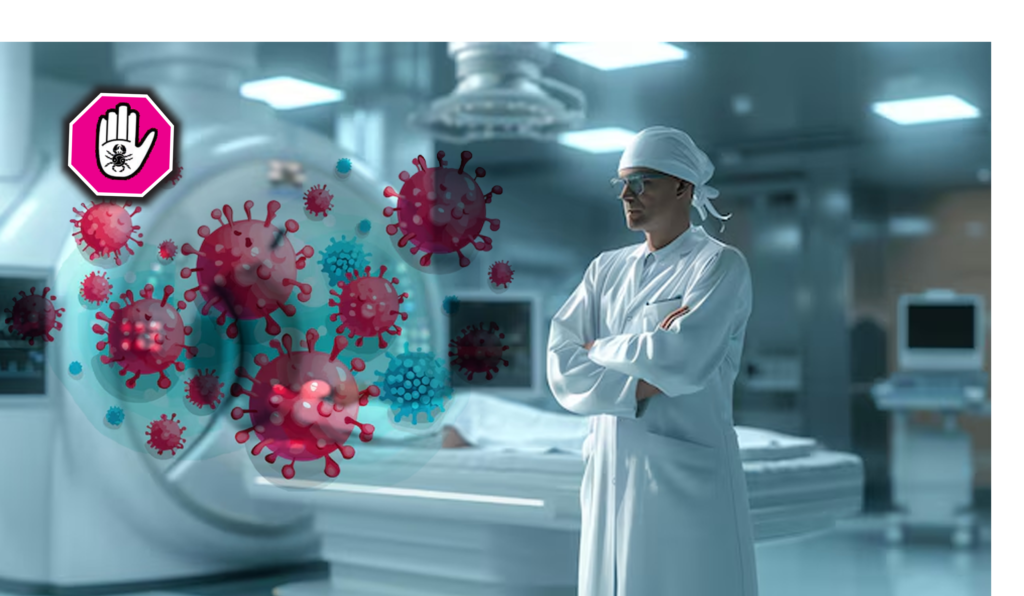Skin cancer is the most common type of cancer, and it comes in two main forms: melanoma and non-melanoma. Each type has different characteristics, risk factors, and treatment options. Knowing the differences can help with early detection and prevention.
1. Melanoma vs. Non-Melanoma Skin Cancer
- Melanoma: This aggressive cancer develops from melanocytes, the pigment-producing cells in the skin. It is less common but more dangerous due to its tendency to spread (metastasize) quickly to other parts of the body.
- Non-Melanoma: This category includes basal cell carcinoma (BCC) and squamous cell carcinoma (SCC). These types of cancer are more common, less aggressive, and usually localized, but they can still cause significant damage if left untreated.
| Type | Origin | Risk of Spread | Common Appearance |
|---|---|---|---|
| Melanoma | Melanocytes (pigment cells) | High risk, can spread rapidly | Dark, irregular moles (uneven borders, multiple colors) |
| Basal Cell Carcinoma | Basal cells (lower epidermis) | Low, grows slowly | Pearly bump or pinkish patch, often on sun-exposed areas |
| Squamous Cell Carcinoma | Squamous cells (upper epidermis) | Moderate, can spread if untreated | Red, scaly patch or wart-like growth, often on face, ears, or hands |
2. Risk Factors
Both types of skin cancer are caused primarily by UV radiation from the sun or tanning beds, but certain factors increase the risk:
- Melanoma: Higher risk in people with fair skin, a history of sunburns, many moles, or a family history of melanoma.
- Non-Melanoma: Often occurs due to cumulative sun exposure and affects those with fair skin and those who spend a lot of time outdoors.
| Risk Factor | Melanoma | Non-Melanoma (BCC, SCC) |
|---|---|---|
| Sun Exposure | Intermittent, intense exposure | Chronic, long-term exposure |
| Skin Type | Fair skin, light eyes, freckles | Fair skin, outdoor workers |
| Genetic Factors | Family history of melanoma | Less influenced by genetics |
3. Symptoms
- Melanoma: Follow the ABCDE rule: Asymmetry, Border irregularity, Color variation, Diameter larger than 6mm, and Evolution in size or appearance.
- Non-Melanoma: Usually presents as a persistent sore, pearly bump (BCC), or a rough, scaly patch (SCC) that doesn’t heal.
4. Treatment Options
- Melanoma: Requires early intervention, often through surgical removal. Advanced stages may need immunotherapy or targeted therapies.
- Non-Melanoma: Treatments include surgical excision, Mohs surgery, or cryotherapy. BCC has a low chance of spreading, while SCC may spread if not treated early.
| Treatment | Melanoma | Non-Melanoma (BCC, SCC) |
|---|---|---|
| Surgery | Common for all stages | Common for localized tumors |
| Immunotherapy | Used in advanced stages | Rarely needed |
| Radiation | Sometimes used in advanced cases | Sometimes used if surgery isn’t an option |
Conclusion
Understanding the differences between melanoma and non-melanoma skin cancers can lead to earlier detection and treatment, improving outcomes. Protect your skin by using sunscreen, avoiding tanning beds, and checking your skin regularly for any unusual changes.

